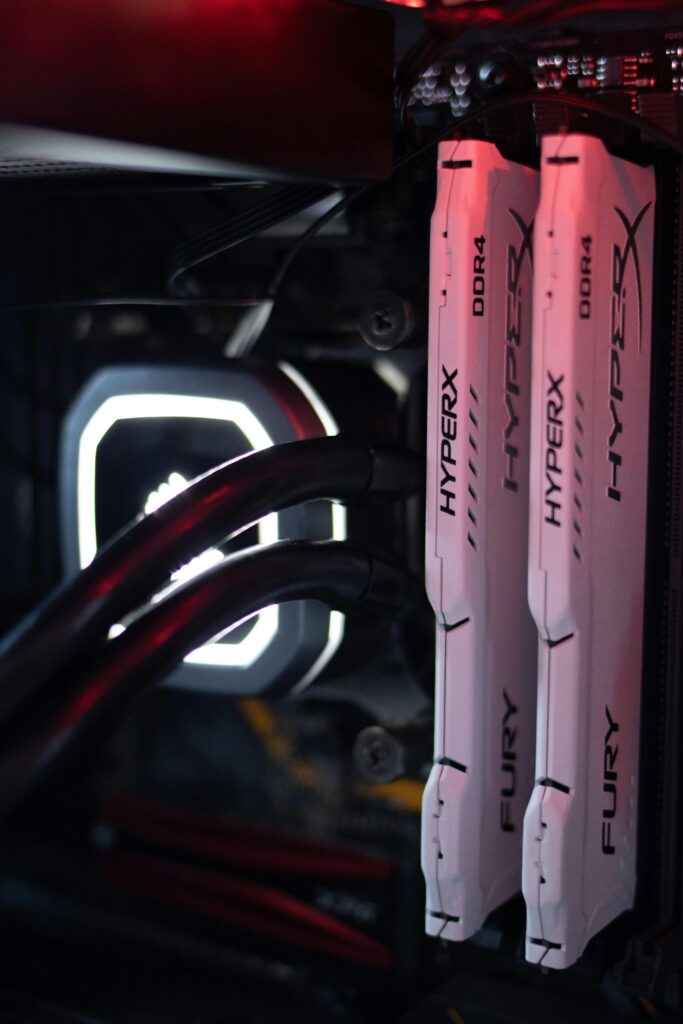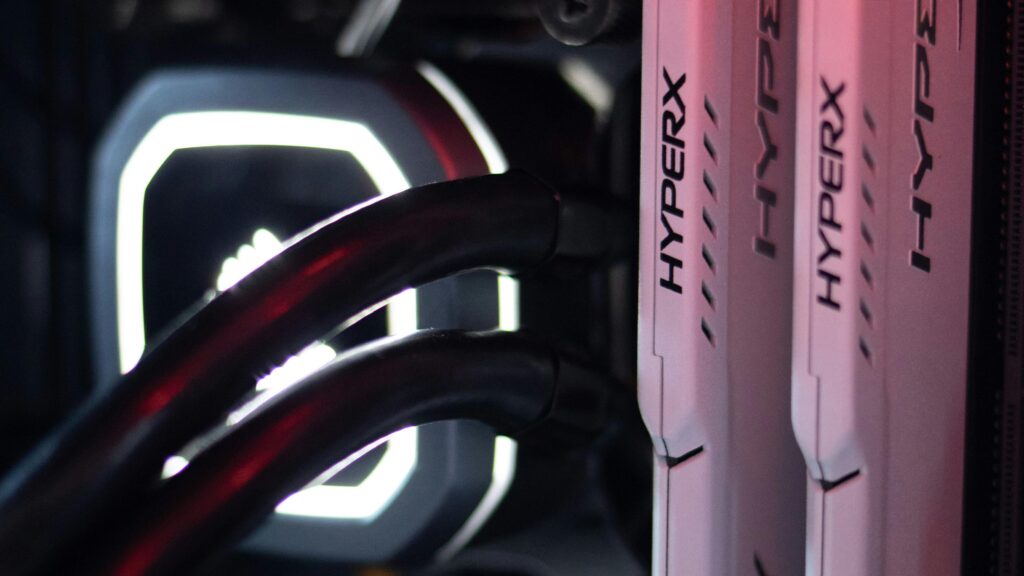When I first heard the term “bus” in computing, I imagined public transport — and the comparison fits surprisingly well. Just like buses carry passengers, a data bus carries information between computer components. So, what is a bus in computing? It’s a system of electrical lines that transfers data, addresses, and control signals across the hardware. Without it, the CPU couldn’t communicate with memory, and your entire computer would simply stop working.
The Von Neumann Architecture Is the Blueprint
To understand buses better, I looked at the Von Neumann Architecture. It’s the foundation of most modern computers. This architecture defines a system where the CPU, memory, and input/output devices share a common bus system (John von Neumann didn’t use the word “bus” in the way we do today when we talk about computer architecture, but he absolutely understood the concept behind it..
That design simplifies things. For example, instead of creating separate pathways for instructions and data, the same bus is used for both—just not at the same time. This shared use saves space, materials, and money. Yet, it does introduce a slight delay. Nevertheless, this approach makes building and upgrading computers much easier.
What Is a Bus? A Bit More Technical Now
A bus is a bundle of wires. Each wire carries either part of a data signal, an address, or a control signal. All lines in a bus serve the same overall purpose: to transfer information. Let me explain that in more detail.
Imagine This:
Think of a bus as a road for data. Data travels from one point, like the processor, to another point, such as the RAM. The width of that road determines how much data moves at once.
For instance:
- A 32-bit data bus can send 32 bits (or 4 bytes) in one cycle.
- A 64-bit data bus can move twice as much in the same time.
Thus, wider buses allow for faster data transfers. A computer doesn’t have just one bus. In fact, it often has several:
- The data bus moves actual data.
- The address bus tells components where data should go.
- The control bus gives commands like “read” or “write.”
So, even though they sound similar, they handle very different things.

Time Multiplexing – One Bus, Multiple Jobs
Space on a motherboard is limited. You can’t just add more wires without consequences. That’s where time multiplexing comes in. This technique allows one set of wires to do different jobs, just not at the same time.
Here’s how it works:
- In one time unit, the bus sends the address.
- In the next unit, it sends the data.
It switches functions rapidly. Although it adds a small delay, it significantly reduces the number of required connections.
Real-Life Example?
Think of an elevator. There’s only room for one group at a time. First, it brings people up (addresses). Then it goes back down for packages (data). It saves construction costs by avoiding the need for two separate elevators.
Let’s Dive Deeper – Internal vs. External Buses
Not all buses are created equal. Inside the processor, there’s often a wider internal data bus. But the external data bus, the one that connects to memory or I/O devices, may be narrower.
The Intel 80386SX is a perfect match. It’s a cost-reduced version of the 32-bit Intel 80386DX CPU.
Here’s how it works:
- Internally, the 80386SX has a full 32-bit architecture. That means its internal data bus is 32 bits wide.
- However, externally, it uses only a 16-bit data bus.
Why does this matter? Let me explain.
Because the 80386SX has a narrower external data bus, it can communicate with cheaper 16-bit peripherals and memory systems. This design made it ideal for budget-friendly computers in the late 80s and early 90s. It allowed manufacturers to reuse existing 16-bit components while still offering the performance benefits of a 32-bit CPU core.
Why this mismatch? To save pins and reduce wiring complexity. Fewer pins mean simpler, cheaper chip designs. However, this also means a drop in data transfer speed. That’s the trade-off—less bandwidth, but easier hardware.
The internal bus usually matches the CPU’s word size. It connects to things like ALU registers and internal memory units.
Control, Addressing, and Bus Drivers
Data doesn’t just float around. It needs direction. That’s where control signals and address lines come in. These signals activate special components like tri-state drivers and transmission gates, which route the data flow.
Let me explain:
- Tri-state bus drivers have three states: “0”, “1”, and “high impedance” (disconnected).
- This third state allows devices to stay quiet when not in use. That way, only one component talks at a time.
- These drivers can also be bidirectional, sending and receiving data depending on the control signal.
The RW (Read/Write) control line tells the system which direction to use:
- 1 = Read from a device.
- 0 = Write to a device.
Each external device listens for its own unique address. When the address matches, only that device responds. This prevents signal collisions.
IO vs. Memory – Address Decoding in Action
Older systems often used a separate IO line to distinguish between input/output addresses and memory addresses. However, in modern systems, we usually treat I/O just like memory. This is called Memory-Mapped I/O.
Why do this?
- It simplifies the design.
- It allows the same address decoder hardware to serve multiple roles.
And yes, address decoders are clever. They only allow one device to control the data bus at a time. If two tried to speak at once, data would collide and be lost. These decoders use special comparison logic to ensure only one output is active per address.
System Bus – The Big Picture
When I step back, I realize the entire system runs on a trio of buses:
- The data bus.
- The address bus.
- The control bus.
Together, they form the system bus or system bus interface. This collective bus architecture is what allows every part of the computer to coordinate with the others.
Because of the reduced wiring needs, it’s easier to route and build computer systems. Furthermore, fewer pins mean cheaper and more compact chips. That’s a win-win for manufacturers and users alike.
Final Thoughts – Why the Bus Still Matters
Now that we’ve explored everything, let’s circle back. What is a bus in computing? It’s much more than just wires. It’s the essential pathway for communication inside your computer. It helps reduce complexity, cut costs, and still enables powerful data transfers.
With time multiplexing, tri-state logic, and memory-mapped I/O, the bus becomes a flexible tool. It may not always be fast, but it’s smart. And that makes it crucial for efficient computing.
Even today, buses continue to shape the design of every microchip and computer system. So next time you use your device, remember the silent worker under the hood—the system bus.
Would you like a diagram or animation to go with this? I’d love to help bring this concept to life visually!
What’s Next?!
Now that you know what a bus in computing is and how it keeps data moving between components, it’s time to explore how computers ensure that data arrives correctly. In my next article, “What Is a Parity Bit?” I’ll explain how this simple yet powerful concept helps detect errors in data transmission. Join me to uncover how parity bits keep your digital communications accurate and reliable.
Credits: Photo by Athena Sandrini from Pexels




